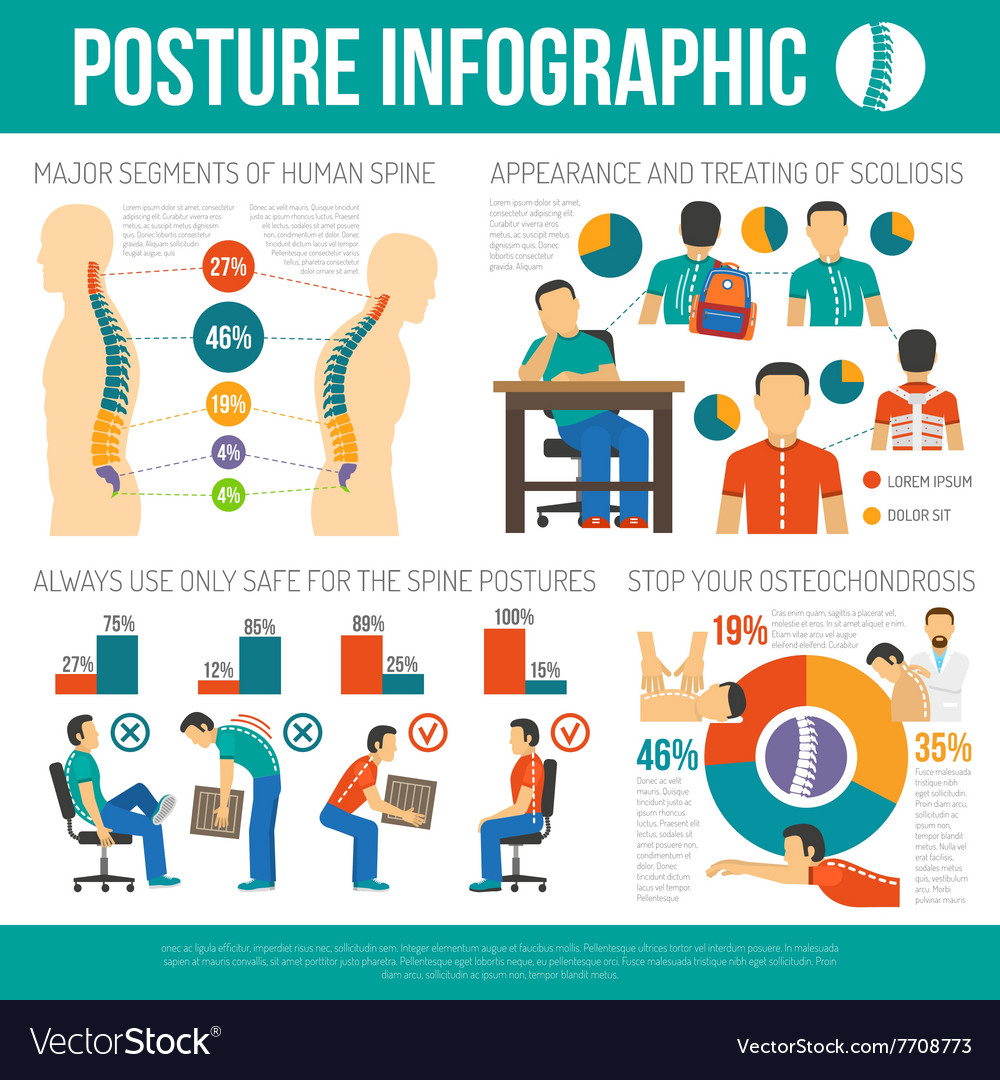The Connection Between Position And Pain In The Back: Methods For Preserving Correct Positioning During The Day
The Connection Between Position And Pain In The Back: Methods For Preserving Correct Positioning During The Day
Blog Article
Short Article Author-Ibrahim McIntyre
Keeping correct posture isn't just about staying up right; it's about aligning your body in a way that supports your spine and minimizes the danger of back pain. The method you sit, stand, and move throughout the day can considerably influence your spinal health and wellness. But exactly how specifically can you make certain excellent alignment continually, also during hectic days loaded with different tasks? Allow's dig deeper into the refined yet impactful changes you can make to your day-to-day routine to keep your back pleased and healthy and balanced.
Value of Correct Pose
Proper position is important in keeping a healthy back and stopping discomfort. When you rest or stand with good pose, your back is in placement, lowering strain on your muscle mass, ligaments, and joints. This alignment enables the body to distribute weight evenly, avoiding excessive anxiety on certain locations that can bring about discomfort and discomfort. By keeping your back properly aligned, you can also boost your breathing and food digestion, as slouching can compress organs and limit their performance.
Moreover, maintaining great pose can enhance your overall appearance and self-esteem. When you stand tall with your shoulders back and head held high, you exhibit self-confidence and appear more approachable. Good position can additionally make you feel more stimulated and sharp, as it promotes correct blood flow and enables your muscular tissues to function effectively.
Integrating https://www.healthline.com/health/inversion-table into your daily regimen, whether resting at a desk, strolling, or exercising, is necessary for preventing back pain and advertising total well-being. Bear in mind, a little adjustment in just how you hold yourself can make a significant distinction in exactly how you feel and operate throughout the day.
Common Postural Mistakes
When it concerns preserving excellent stance, many people unwittingly make typical errors that can add to back pain and discomfort. check here of the most widespread mistakes is slouching or stooping over while resting or standing. This placement puts excessive strain on the spinal column and can cause muscular tissue inequalities and discomfort over time.
click this link here now is overarching the reduced back, which can flatten the natural contour of the back and create discomfort. Additionally, going across legs while resting may really feel comfy, however it can produce an imbalance in the hips and hips, leading to postural problems.
Making use of a cushion that's as well soft or as well strong while sleeping can additionally influence your positioning and contribute to pain in the back. Last but not least, frequently craning your neck to take a look at displays or adjusting your position regularly can strain the neck and shoulders. Bearing in mind these typical postural blunders can help you maintain far better positioning and decrease the danger of neck and back pain.
Tips for Correcting Placement
To enhance your placement and lower back pain, it's important to concentrate on making small changes throughout your daily routine. Begin by being mindful of your pose. When resting, guarantee your feet are level on the floor, your back is straight, and your shoulders are unwinded. Avoid slouching or leaning to one side. Use ergonomic chairs or paddings to sustain your reduced back.
When standing, disperse your weight evenly on both feet, maintain your knees somewhat curved, and tuck in your pelvis. Engage your core muscular tissues to support your back. Take breaks to extend and walk if you have an inactive job. Include workouts that strengthen your core and back muscular tissues, such as planks or bridges.
While sleeping, use a cushion that sustains the all-natural contour of your neck to keep proper spinal positioning. Avoid sleeping on your stomach, as it can strain your neck and back. By bearing in mind these pointers and making small changes, you can progressively correct your alignment and reduce neck and back pain.
Conclusion
Keep in mind, keeping good posture is essential to preventing pain in the back and promoting spinal health. By being mindful of your alignment, dispersing weight evenly, and involving your core muscular tissues, you can reduce pressure on your back and decrease the risk of discomfort and injury. Include ergonomic support, take normal breaks to stretch, and strengthen your core and back muscle mass to keep appropriate positioning throughout the day. Your back will thanks for it!
